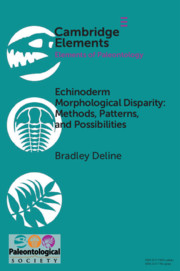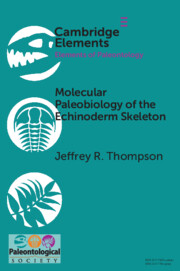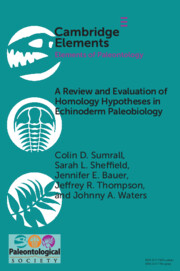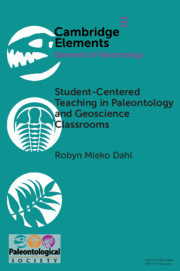Echinoderm Morphological Disparity: Methods, Patterns, and Possibilities
The quantification of morphology through time is a vital tool in elucidating macroevolutionary patterns. Studies of disparity require intense effort but can provide insights beyond those gained using other methodologies. Over the last several decades, studies of disparity have proliferated, often using echinoderms as a model organism. Echinoderms have been used to study the methodology of disparity analyses and potential biases as well as documenting the morphological patterns observed in clades through time. Combining morphological studies with phylogenetic analyses or other disparate data sets allows for the testing of detailed and far-reaching evolutionary hypotheses.
- A discussion of relevant methods utilized to capture morphology with fossil echinoderms
- An exploration of the sampling and other potential issues that could bias the results of studies of morphological evolution
- A discussion of the major patterns of morphological evolution in echinoderms as well as the underlying factors and potential for future study
Product details
No date availableAdobe eBook Reader
9781108897587
0 pages
Table of Contents
- 1. Introduction
- 2. Methods of quantifying morphology
- 3. A priori choices in experimental design
- 4. Taphonomy and missing data
- 5. Patterns in Phanerozoic disparity
- 6. Future directions.






